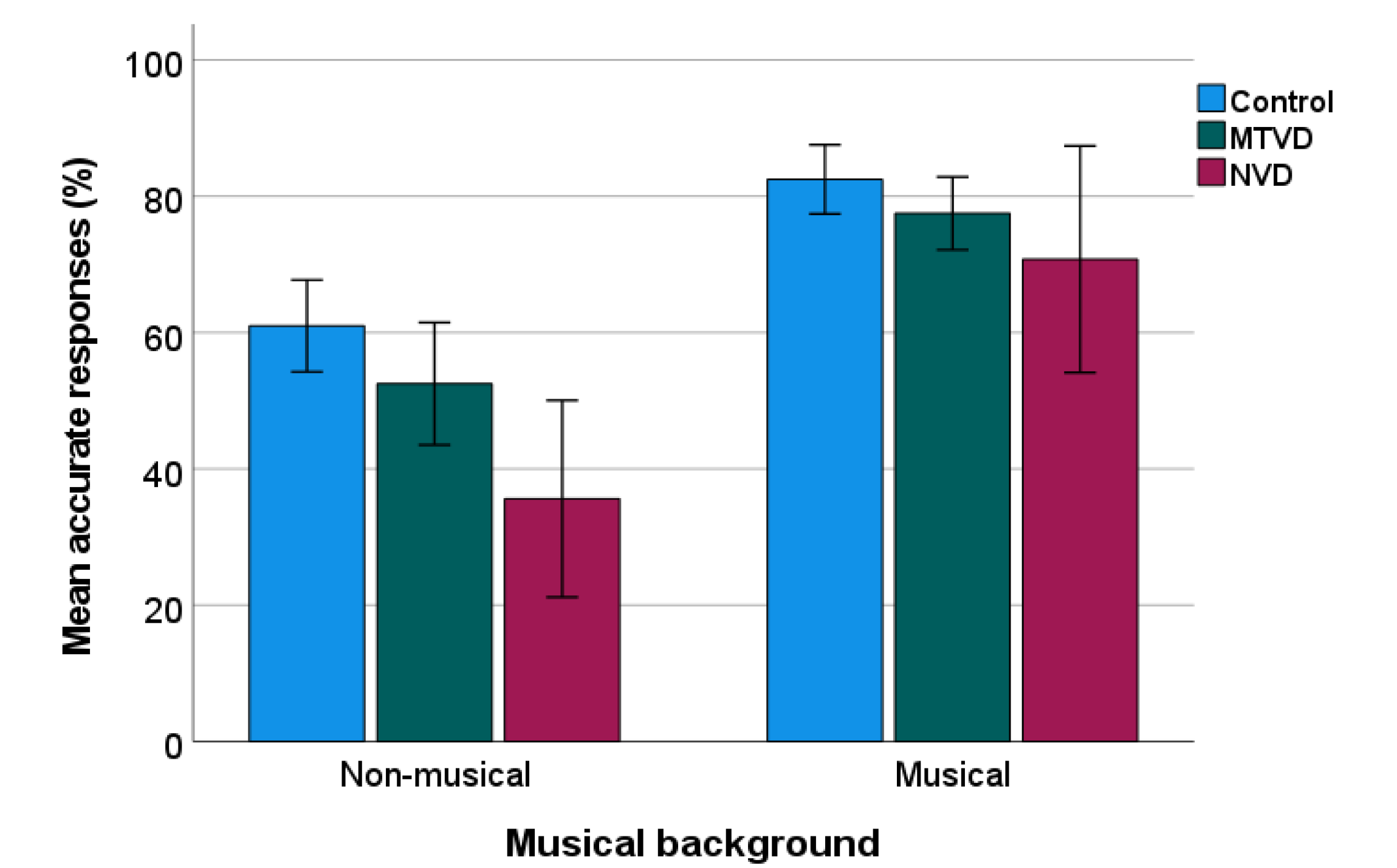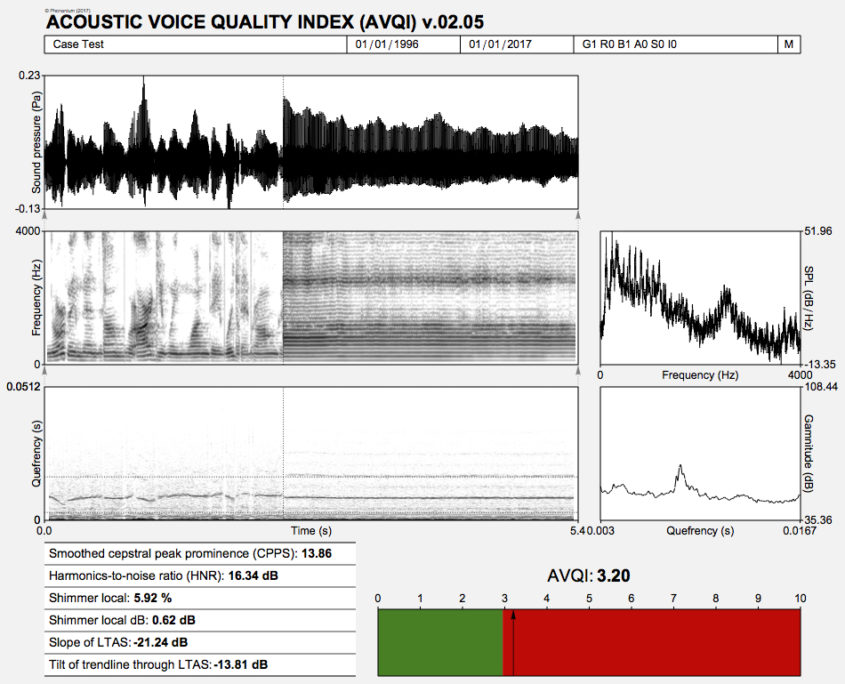
Tufted microbial mats inhabiting coastal habitats have also been described within the Moodies Group (South Africa) at 3.2 Ga. But, indirect evidence of BSCs developing on Archean coastal plain paleosols date them back to 3.0 Ga.

The oldest direct evidence for fossil BSCs comes from the 1.2 Ga mid-Proterozoic Apache Supergroup in the Dripping Springs Formation of Arizona, including sedimentological evidence for microbially induced sedimentary structures (MISS) and cyanobacteria-like organic microfossils. With fresh volcanic material to act as fertile soil, in the absence of plant root systems and grazers, one could entertain the idea that BSCs should have had the potential to rapidly develop and thrive during Archean time due to lack of competition, even beyond their restricted modern habitat, which is circumscribed to areas devoid of extensive plant cover. Modern BSCs are arguably the most extensive biofilm on the planet covering up to 12% of Earth’s continental area, and while they are composed of a wide diversity of microorganisms they are primarily built by cyanobacteria performing oxygenic photosynthesis.

Therefore, despite a “faint young sun” and the absence of a UV-protective ozone layer in the Archean, a terrestrial phototrophic biosphere composed of systems similar to modern biological soil crusts (BSCs) may have existed early, before the GOE, and could have colonized the exposed land surfaces. Moreover, Cockell & Raven show that under a worst-case UV flux (no environmental UV screen) on the Archean Earth, the landmasses could have been colonized by early photosynthetizers. Also, a high concentration of ferrous ion (Fe II) may have been present in anoxic waters to significantly screen UV radiation. However, recent findings demonstrate that in the primitive anoxic atmosphere sulfur vapor composed of sulfur molecules and hydrocarbon smog may have strongly attenuated ultraviolet radiation. Because of this peculiar environmental condition Berkner & Marshall first postulated that the colonization of the landmasses was not possible before the formation of an ozone shield.


 0 kommentar(er)
0 kommentar(er)
